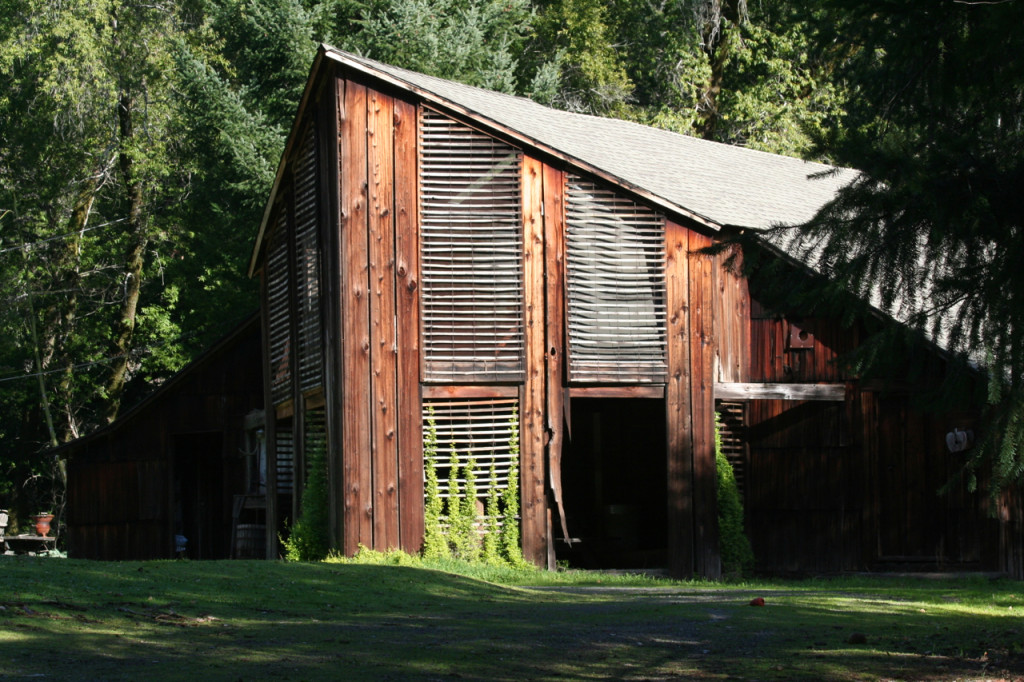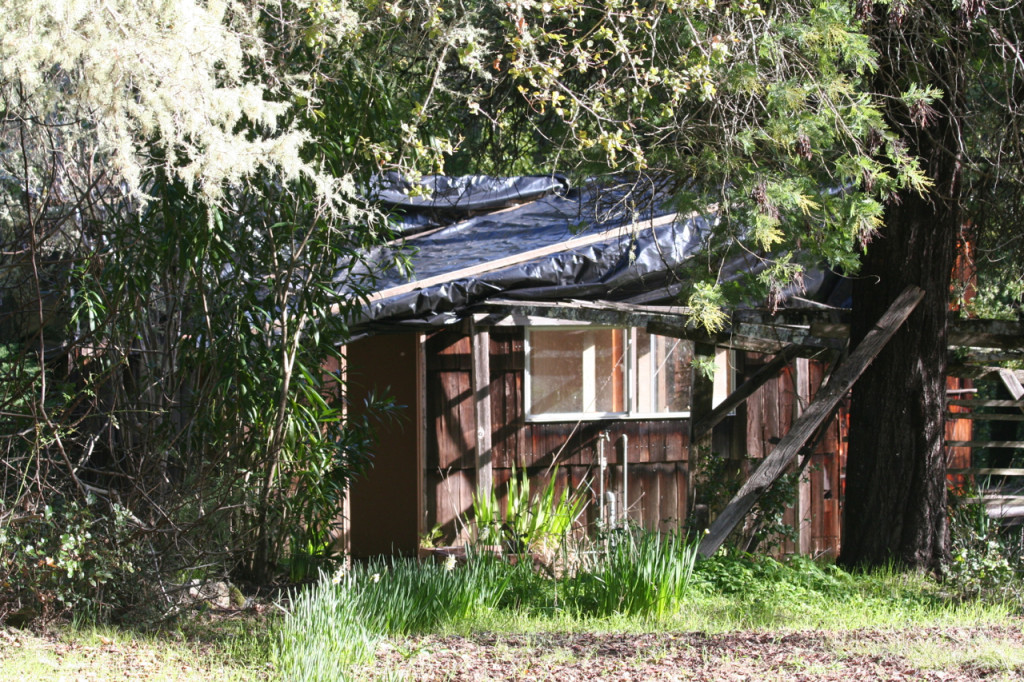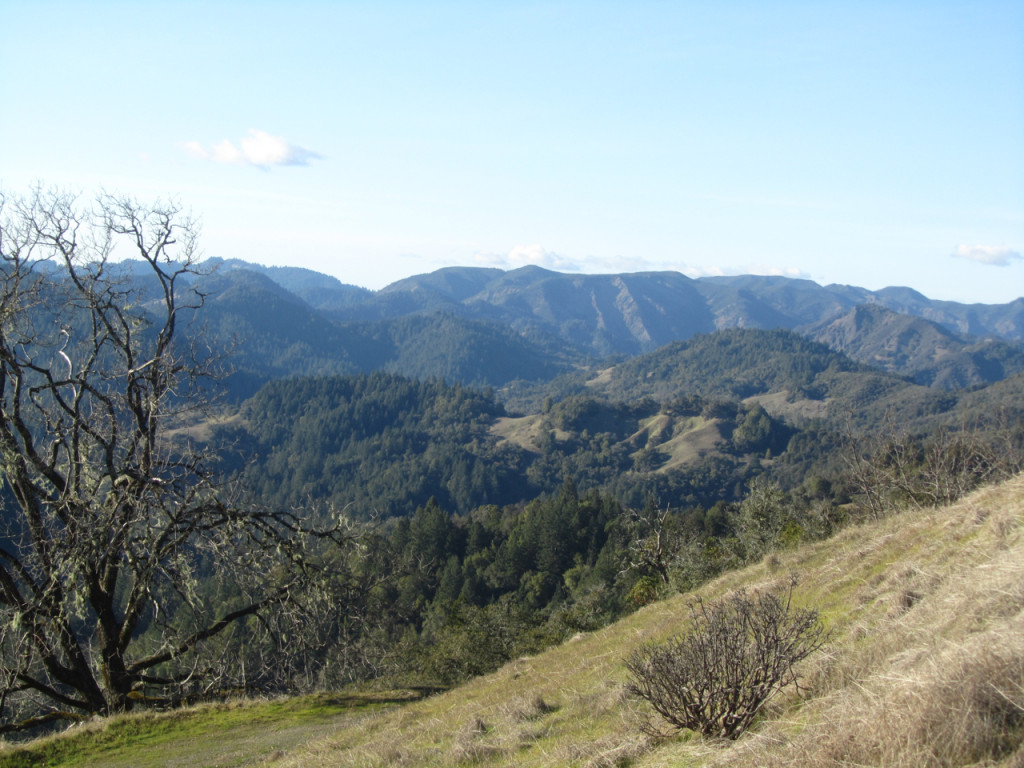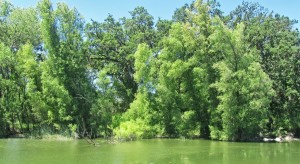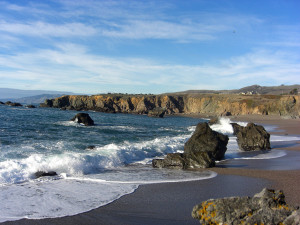In the summer of 1942, wartime refugee Marguerite Wildenhain pitched her tent beneath a walnut tree in the rolling hills above the Russian River Valley in Sonoma County and went on to become one of the most influential ceramic artists in the United States.
The site, called Pond Farm, was eventually rolled into Austin Creek State Recreation Area, which has struggled to uphold Wildenhain’s legacy under years of deep cuts in operations and maintenance. Now, it seems, the historic Pond Farm might be rescued before crumbling to the ground. The local nonprofit, Stewards of the Coast and Redwoods, together with the National Trust for Historic Preservation and the California State Parks Foundation are partnering with California State Parks to preserve the site.
After decades of advocating for California’s state parks and its historical legacy, the National Trust is hoping to use Austin Creek’s Pond Farm as a model for innovative stewardship for underfunded historic parks, says Anthony Veerkamp, a senior field officer for the National Trust based in San Francisco.
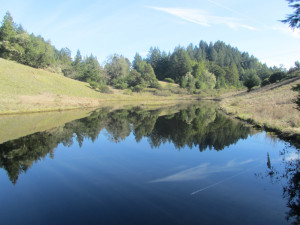
For Veerkamp and the National Trust, Pond Farm holds a significant place in art history, women’s history and Jewish history – themes under-explored in the park system today.
“We looked at a few dozen sites, and with Pond Farm we realized what an oversight it had been,” says Veerkamp.
Until last July, Austin Creek SRA was on the state parks’ closure list to be indefinitely shuttered.
Austin Creek’s Pond Farm is one of many in California’s park system that demonstrates that state parks are not only places for nature viewing and recreation. Many are also inextricably linked to the state’s cultural history, where a tremendous collection of artifacts and historic structures, some hanging together by a thread, tell the history of California.
An artists’ colony in nature
Pond Farm sits on a grassy hilltop along a steep creek bank surrounded by thousands of acres of wilderness. The serenity and natural beauty appealed to Wildenhain, a French citizen of Jewish descent who fled for the United States in 1940 during the Holocaust to start a new life. She arrived at Pond Farm upon invitation from Gordon and Jane Herr, a San Francisco couple who purchased the property to pursue their dream of creating an artists’ colony they conceived as a “sustainable sanctuary for artists away from a world run amuck.”
During the first summer at Pond Farm, Wildenhain camped behind a 19th century hay barn that she would help to convert into a workshop and studio. For the remainder of her life, Wildenhain, a graduate of Germany’s famous Bauhaus school of design, lived and worked at Pond Farm, named for a large pond on the site. She was the first among several distinguished European artisans, displaced by the rise of Nazism in Europe, to form the artist community there.
The Herrs’ artist colony was short-lived, effectively disbanding after the death of Jane Herr in 1952 at the age of 40. In 1956, Wildenhain purchased close to eight acres at Pond Farm from Gordon Herr, including her studio and other structures she used as a house and school. She nearly lost it all after the state declared it would take over the property by eminent domain to create Austin Creek SRA. State Parks eventually granted her a life tenancy to her home and studio on Pond Farm.

During the turbulent transition, Wildenhain offered her art, including other pieces she had collected from famous international artists, to California State Parks (then California State Division of Beaches and Parks), but the state declined the collection. This did not go over well with Wildenhain, who was already feeling bitter toward the park system for taking over her land.
“Marguerite had a good relationship with state park rangers but she never got over hard feelings towards State Parks after she offered her collection to the state of California, which rejected her offer,” says the National Trust’s Veerkamp.
Wildenhain’s work explored themes in nature, Native American cultures, mythology, as well as life at Pond Farm, and has been exhibited internationally, including at major museums. A significant part of her collection is now at Luther College in Iowa with other pieces included in the collections of the Oakland Museum of California, the New York Museum of Modern Art and the Smithsonian Art Museum in Washington, DC.
Arrested decay
Since Wildenhain’s death in 1985, the historic structures at Pond Farm have remained in a state of “arrested decay” and closed to the public. This means that State Parks makes only those repairs needed to keep Wildenhain’s 1942 home and her studio from falling down. But the sun and rain have taken a toll on the buildings over the years.
State Parks made a short-lived attempt to preserve Pond Farm in 2003 when it commissioned a detailed assessment and report on the site’s historic structures. Due to a lack of funding, the plans never moved forward.
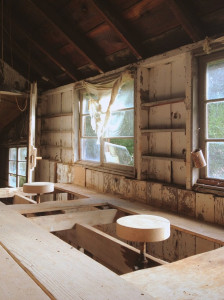
Then in 2011, State Parks announced that Austin Creek SRA was on a list of 70 state parks slated for closure. Stewards of the Coast and Redwoods negotiated a nonprofit operating agreement with California State Parks to run Austin Creek SRA, including Pond Farm. The rescue plan involved forming partnerships to raise the money and know-how for the park.
“We went through a very strategic process,” says Michele Luna, executive director of Stewards of the Coast and Redwoods, a longtime partner to five Sonoma County state parks.
On August 15, 2012, Stewards took over Austin Creek’s operations by staffing the entrance station shared with Armstrong Redwoods State Reserve and reopening campsites closed over the previous year.
A new day
With the immediate threat of closure averted, Stewards, the National Trust and the California State Parks Foundation are now looking at ways to stabilize the historic structures of Pond Farm and create an engaging educational site for the public. They are working closely with the California State Parks Department.
The partners recently commissioned cost estimates and a conceptual rehabilitation study to explore potential reuse scenarios, says Veerkamp. But the groups still have research, planning and public outreach to do.
“This is an opportunity to preserve and interpret a nationally significant historic resource and to explore innovative partnerships and new models for the operation of state historic sites,” says Veerkamp.
Veerkamp describes a scene documented by one of Wildenhain’s former students on the day of her death. Park rangers told her ‘We’ll take good care of Pond Farm, Marguerite.’
“Today, nearly three decades later, we have a chance to make good on that promise,” says Veerkamp.
Christine Sculati is a Bay Nature contributor and covers California state parks on her blog.
